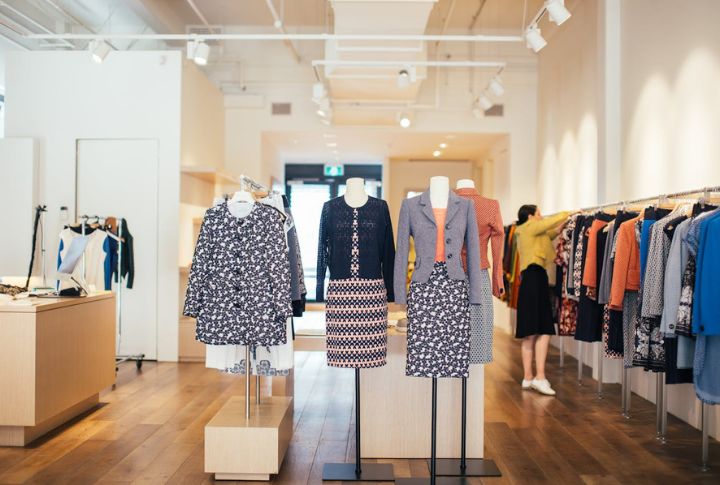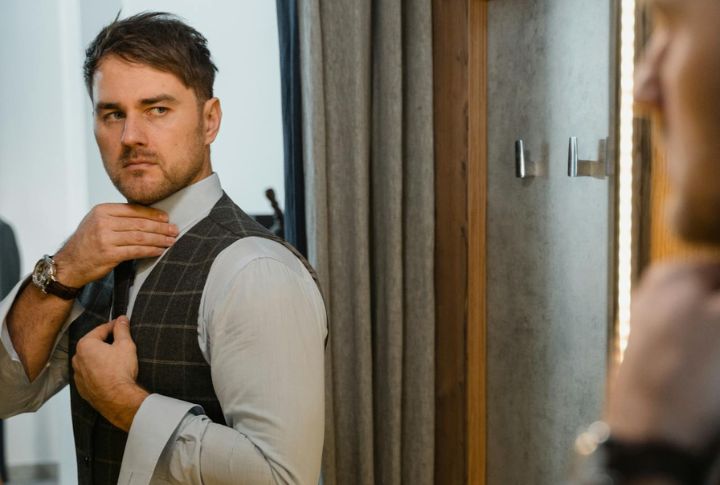
Clothes are so much a part of everyday life that it’s hard to imagine a time without them. But the story of clothing goes back thousands of years, beginning as a necessity and evolving into culture, status, and self-expression. Let’s look at five surprising facts about how and why humans started wearing clothes.
Clothes May Have Emerged 170,000 Years Ago

Genetic studies on lice tell us that humans likely began wearing clothes around 170,000 years ago! As lice adapted to living on clothing instead of skin, they gave scientists a clue about when humans first covered up—probably as a response to Ice Age chills rather than any fashion sense.
Clothes Altered Our Skin’s Evolution

Once humans started wearing clothes, we stopped needing body hair for warmth. This change allowed for smoother skin, which made it easier for us to stay cool and avoid parasites. Interestingly, wearing clothes may have been one factor that led to humans being relatively hairless compared to other primates.
Sewing Came Much Later

While humans started wearing basic clothing thousands of years ago, sewing tools didn’t appear until about 45,000 years ago. Early clothes were likely draped or tied in place rather than stitched. Needles made of bone or ivory eventually allowed people to make more fitted garments—marking a massive step in clothing evolution.
Clothing as Social Status Started Early

Clothing quickly became more than just protection against the elements. Archaeological finds show that prehistoric humans used dyes and ornaments in their attire. By the time of ancient Egypt, specific clothing styles indicated social rank, which marked the start of humans using clothing to express identity and hierarchy.
Clothes Expanded Human Habitats

Interestingly, clothes allowed humans to move into climates they otherwise couldn’t survive. With the ability to bundle up, early humans migrated from tropical regions into colder areas, eventually reaching Europe and Asia. In this way, clothing wasn’t just a lifestyle change; it transformed human migration and survival patterns across the globe.
















GIPHY App Key not set. Please check settings